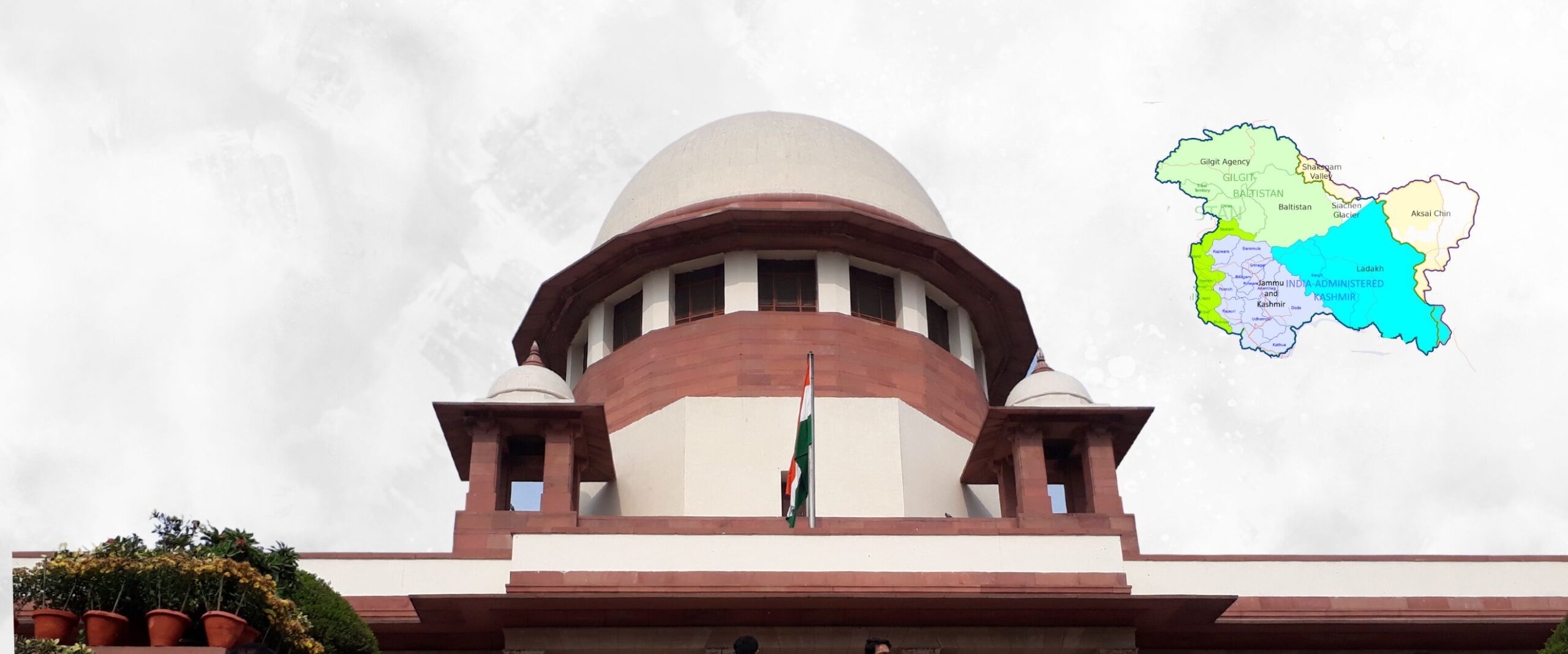
14 FIRST IMPEACHMENT AGAINST A JUDGE
Impeachment proceedings were started in the Lok Sabha in 1990 against the Chief Justice of Punjab and Haryana Court, Justice B. Ramaswami for misconduct (financial). In voting on May 10.11.1993.
Justice V Ramaswami was the first Supreme Court judge against whom an impeachment was initiated and the Inquiry committee found the judge guilty but the motion was defeated in the Lok Sabha.
Impeachment proceedings were initiated against a Supreme Court or High Court Judge 4 times in the history of the Supreme Court of India.
Under Article 124(4) and 124(5), a judge of the Supreme Court (and High Court (see Article 217) can be removed from his office by an order of the President. The President can issue the removal order after an address by the Parliament. The motion to remove the judge must be supported by a special majority of each House of Parliament. A special majority is a majority of the total membership of that House and a majority of at least two-thirds of the members of that house present and voting
V. Ramaswami J was the first judge against whom impeachment proceedings were initiated. In 1993, the motion was brought up in Lok Sabha but failed to secure the required two-thirds majority.
Soumitra Sen J of the Calcutta High Court resigned in 2011 after the Rajya Sabha passed an impeachment motion against him. He was the first judge to have been impeached by the Upper House for misconduct.
In 2015, 58 members of the Rajya Sabha moved an impeachment notice against J.B. Pardiwala J of the Gujarat High Court for his “objectionable remarks on the issue of reservation.”
In 2017, Rajya Sabha MPs moved a motion to initiate impeachment proceedings against C.V. Nagarjuna Reddy J of the High Court for Andhra Pradesh and Telangana.
In March 2018, opposition parties signed a draft proposal for moving an impeachment motion against Dipak Misra CJI.
Note: Amidst charges of corruption, land-grab, and abuse of judicial office, P.D. Dinakaran J, Chief Justice of the Sikkim High Court, against whom the Rajya Sabha Chairman had set up a judicial panel to look into allegations of corruption, resigned in July 2011, before impeachment proceedings could be initiated against him.
5 key points on how a judge in India can be impeached:
1. Grounds for Impeachment:
A judge of the Supreme Court or High Court can be impeached on the grounds of "proved misbehavior or incapacity". These are the only grounds specified under Article 124(4) for the Supreme Court and Article 217 for the High Court judges in the Indian Constitution.
2. Initiation of the Process:
The impeachment process can be initiated in either House of Parliament. It requires a notice of motion signed by at least 100 members of the Lok Sabha or 50 members of the Rajya Sabha.
3. Investigation by a Committee:
Once the motion is admitted, the Speaker of the Lok Sabha or the Chairman of the Rajya Sabha forms a three-member committee to investigate the charges. The committee usually comprises a Supreme Court judge, a Chief Justice of a High Court, and a distinguished jurist.
4. Approval by Both Houses of Parliament:
If the committee finds the judge guilty, the impeachment motion is debated in the originating House. The motion must then be passed by a two-thirds majority of the members present and voting in both the Lok Sabha and the Rajya Sabha.
5. Final Step - Presidential Assent:
After both Houses of Parliament pass the motion, it is sent to the President of India for approval. Once the President gives assent, the judge is formally removed from office.
This process is highly rigorous and is designed to ensure that judicial independence is protected while also providing a mechanism to address serious misconduct or incapacity
